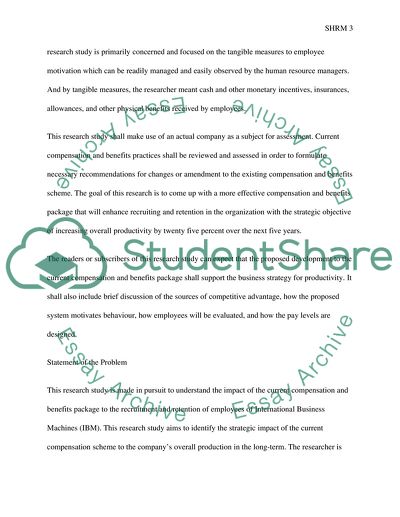Cite this document
(Strategic Human Resource Management in Achieving Strategic Production Term Paper, n.d.)
Strategic Human Resource Management in Achieving Strategic Production Term Paper. Retrieved from https://studentshare.org/human-resources/1719725-final-project
Strategic Human Resource Management in Achieving Strategic Production Term Paper. Retrieved from https://studentshare.org/human-resources/1719725-final-project
(Strategic Human Resource Management in Achieving Strategic Production Term Paper)
Strategic Human Resource Management in Achieving Strategic Production Term Paper. https://studentshare.org/human-resources/1719725-final-project.
Strategic Human Resource Management in Achieving Strategic Production Term Paper. https://studentshare.org/human-resources/1719725-final-project.
“Strategic Human Resource Management in Achieving Strategic Production Term Paper”, n.d. https://studentshare.org/human-resources/1719725-final-project.


